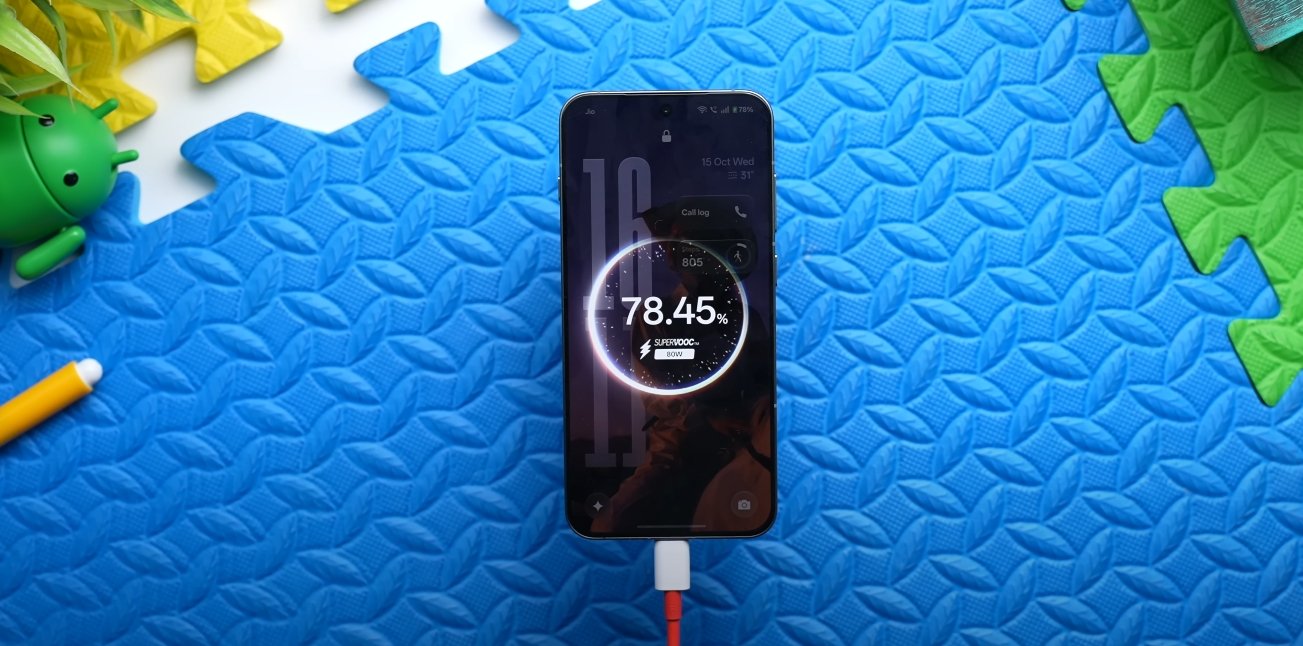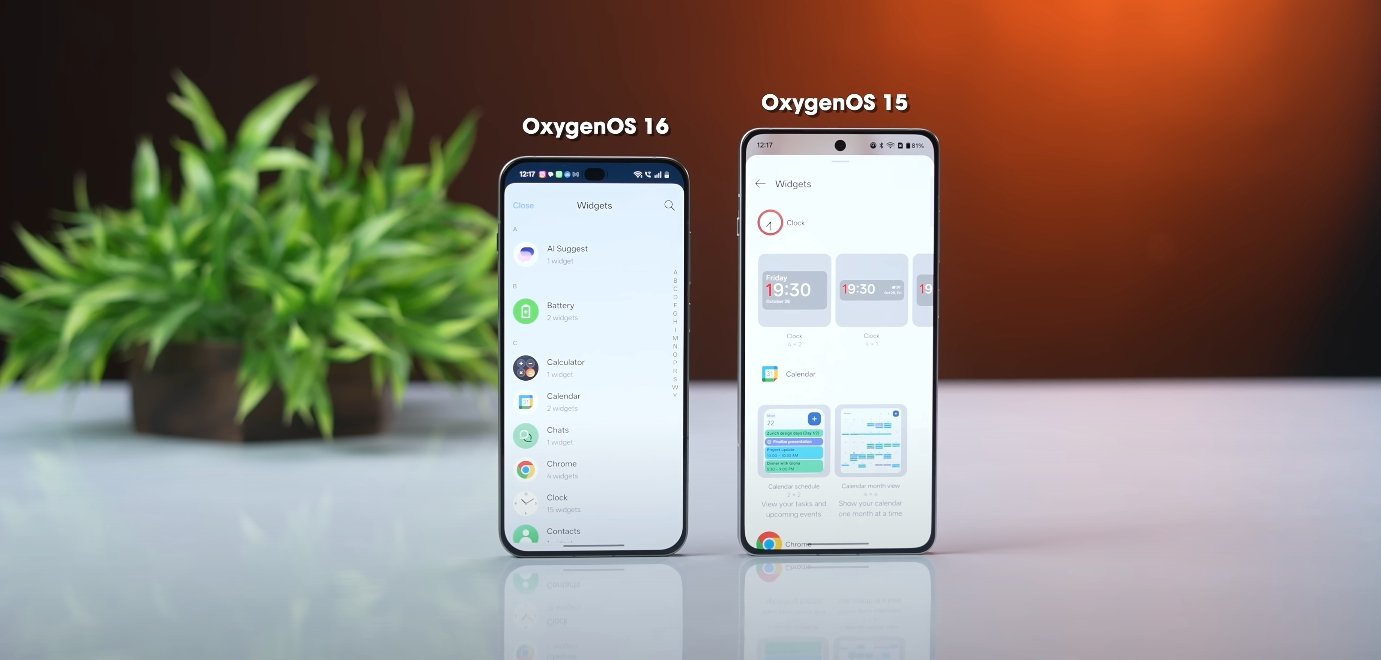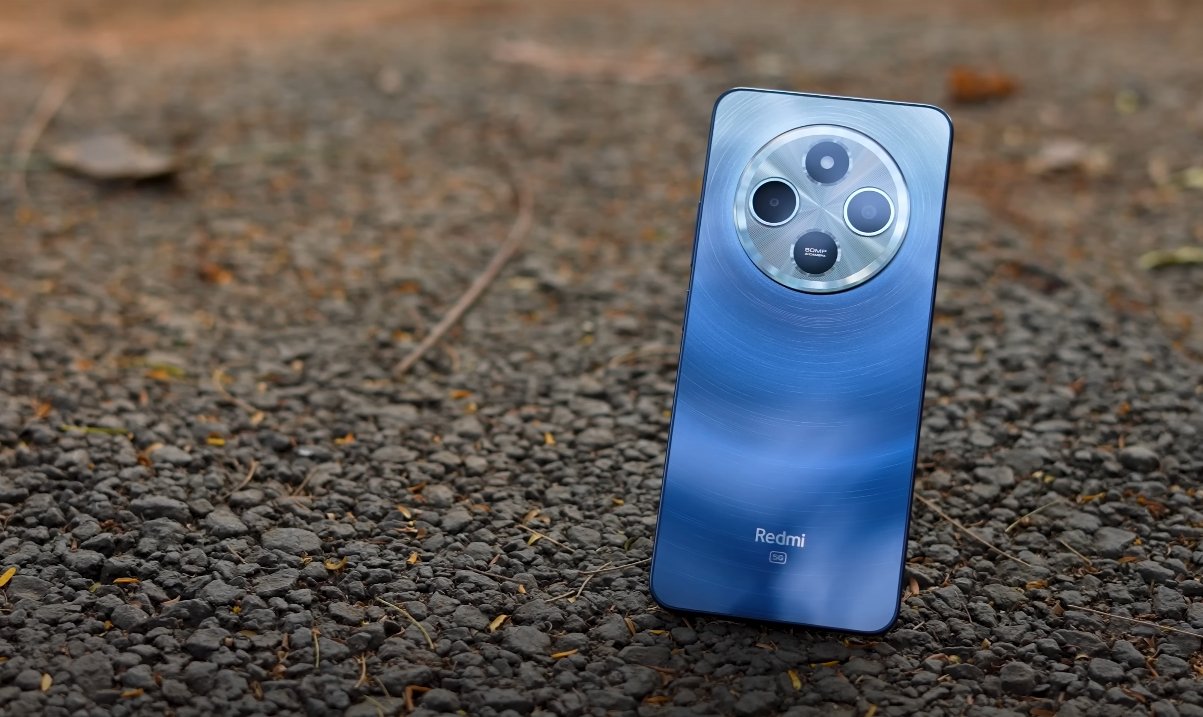Gaming Performance and Optimization in OxygenOS 16
OnePlus’s OxygenOS 16 has brought several enhancements aimed at improving gaming performance on its devices. With upgrades in system optimization, thermal management, and AI-assisted resource allocation, OxygenOS 16 promises smoother gameplay, reduced lag, and better overall performance during intensive gaming sessions. Testing this OS under gaming loads highlights its strengths and real-world usability for mobile gamers.
A major improvement in OxygenOS 16 is Zero-Lag Multitasking, which allows users to run multiple applications alongside games without impacting performance. Users can stream music, take calls, or browse the web while playing graphically demanding games such as PUBG Mobile, Call of Duty: Mobile, or Genshin Impact, without experiencing stutter or app reloads. This is particularly valuable for multitaskers who need a responsive system even under heavy load.
The Flow Motion Interface also contributes to a smoother experience. By optimizing system animations and app transitions, the OS maintains fluid visual performance even during high-frame-rate gameplay. Swipes, gestures, and app switching feel responsive, which enhances the overall immersive experience. For fast-paced games, this translates into more accurate control and less perceived input lag.

OxygenOS 16’s advanced thermal management system intelligently distributes workloads across CPU and GPU cores. During long gaming sessions, the device stays cooler than previous iterations, preventing thermal throttling that could reduce performance. The system also monitors temperature spikes and adjusts processing power accordingly, ensuring that frame rates remain consistent without overheating the device.
Battery efficiency under gaming load has been significantly improved. Adaptive battery management optimizes CPU and GPU usage, allowing users to enjoy extended gaming sessions without rapid battery drain. Even when running intensive apps simultaneously, OxygenOS 16 maintains a balance between performance and power consumption, making it possible to game longer without sacrificing responsiveness or stability.
Memory management in OxygenOS 16 has also been optimized. The OS prioritizes active applications, keeping games in active memory longer while reducing background processes that could slow performance. This leads to faster app loading times and smoother gameplay, even on devices with multiple resource-heavy apps running concurrently.
Users testing OxygenOS 16 under gaming conditions have reported noticeable improvements compared to previous versions. Games load faster, animations remain smooth, and multitasking does not result in frame drops or stuttering. Even during long sessions, the system remains stable, and touch response stays consistent, which is crucial for competitive gaming.
The AI-assisted optimization features further enhance gaming performance. OxygenOS 16 can predict usage patterns and adjust system resources dynamically, giving games the necessary priority while maintaining overall system responsiveness. This predictive approach ensures that performance remains smooth even in unpredictable scenarios, such as sudden resource spikes during complex in-game sequences.
In conclusion, OxygenOS 16 significantly enhances gaming performance through intelligent multitasking, refined animations, advanced thermal management, and AI-driven optimization. Users benefit from smooth, responsive gameplay, consistent frame rates, and better battery efficiency during extended sessions. These improvements make OxygenOS 16 an ideal choice for mobile gamers who demand high performance, reliability, and an immersive experience without compromise. The OS successfully balances visual fluidity, system responsiveness, and power management, making gaming on OnePlus devices a more enjoyable and stable experience.
Also Read: Nothing Phone 3A Lite heat control and cooling system test





